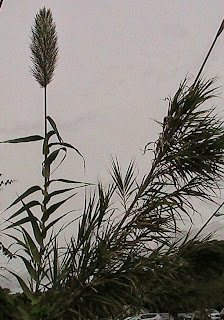To get the most accurate result, take several small scoops of soil from various areas in the garden bed and mix them together. Dig down about 6 to 8 inches for each scoop. A quart of the soil is needed for the testing. The PH test is finding out the "potential of the hydrogen ion in the water (Clemson University).
According to a report from Clemson University in South Carolina, most Southeastern soil range from 4 to 8 in PH value. The learned staff at the University claim that the tests are easily measured using a PH meter (!) and an electrode for the most accurate result. Using color indicators and litmus paper are quick alternatives for less precise results.
Let the soil air dry before placing it in a plastic bag marked with your name, phone numbers, and e-mail. I would also put the date the soil was taken and where it was taken from in the garden. I would also let the extension agent know what you have planned for the tested area. This is not so much for them but certainly for your own records.
Depending on the outcome of the soil test, your extension agent should be able to tell you what you need to amend the soil in your garden. The soil may contain too much acid and needs to be neutralized with lime. Or it may be too sandy and in need of organic matter from you own compost or commercial compost from a garden center.
Clemson University does have an interesting and informative article on this subject. Check them out!
Thank you for visiting my blog.

















+and+B+(Ben)-07.jpg)
